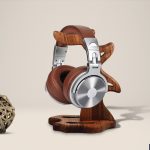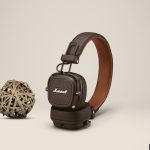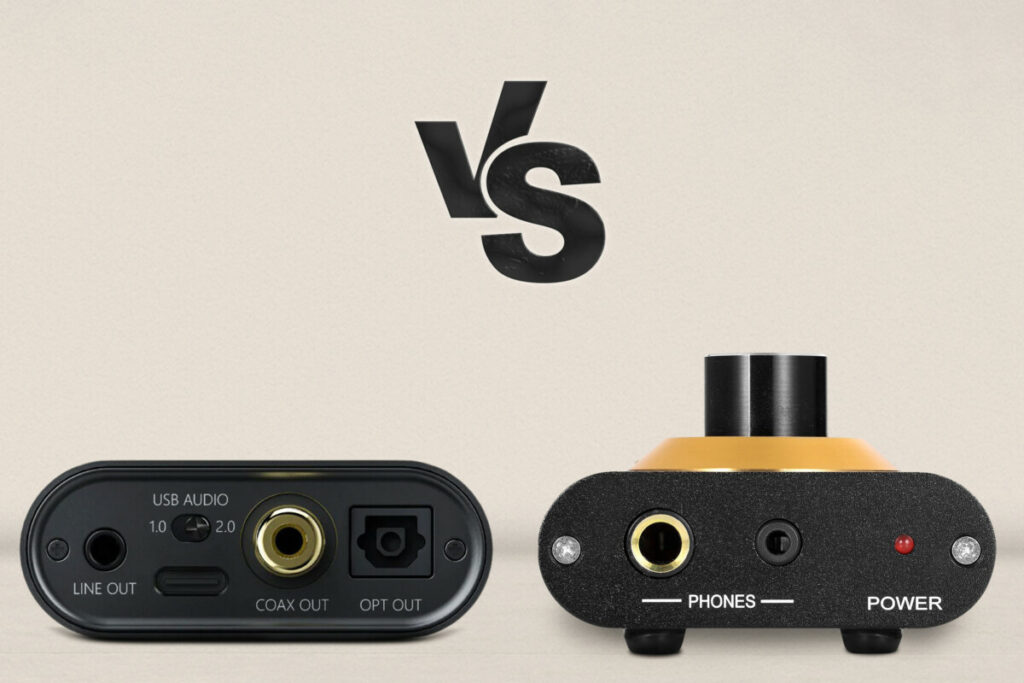
Have you ever wondered about the differences between line out and headphone out? Do you know how to distinguish one from the other?
Understanding these two outputs is essential for any audio enthusiast, as they are used in different situations.
In this article, we will provide an overview of line out vs headphone out and explain the differences between them and we’ll also discuss when each output should be used and why it matters.
So, if you’re ready to learn more about line outs and headphone outs, let’s get started!
Line Out vs Headphone Out – Key Differences
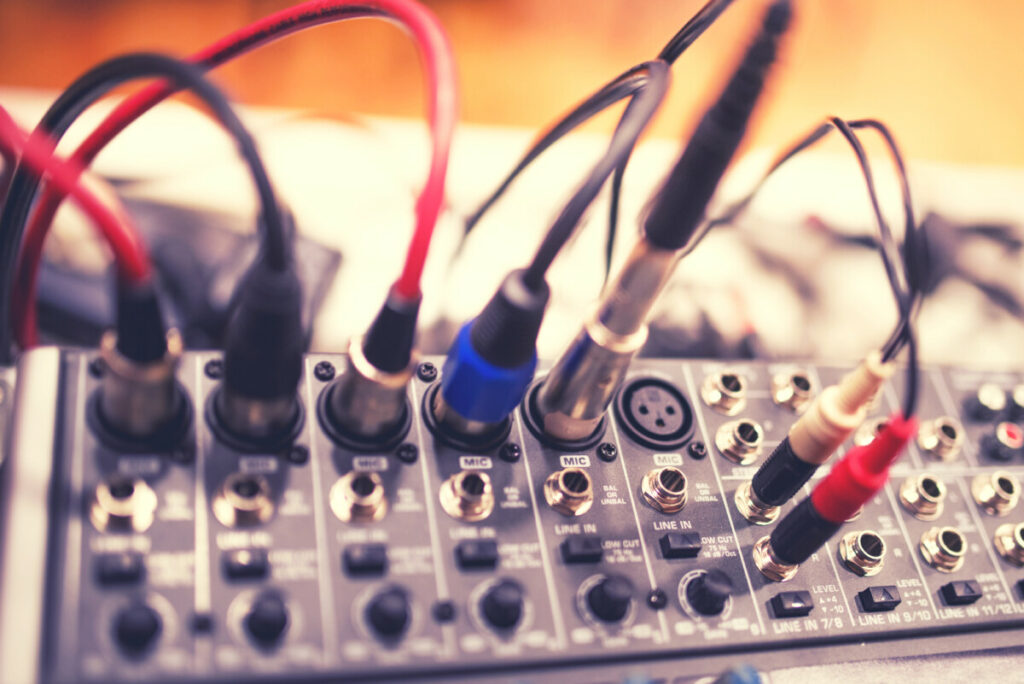
Just like there is a considerable number of audio connectors, everybody should know about audio output ports!
Line Out and Headphone Out are two different audio output ports on devices such as audio interfaces, sound cards, and amplifiers. The main diference between the two is the purpose and design of each.
Line Out is a type of audio output that is intended to conect to a larger sound system, such as a mixing console, powered speakers, or an amplifier and it is desinged to output a higher level of audio signal, with the intention of driving larger systems with more power.
The output level of line out is designed to meet professional audio standards and is commonly used in studio recording and live sound applications.
Line Out usually uses RCA or TRS (Tip, Ring, Sleeve) conectors.
Headphone Out, on the other hand, is designed to connect directly to headphones or earbuds.
The output level of headphone out is lower than Line Out to protect the users hearing, as headphones have much smaller drivers compared to speakers.
The audio output of Headphone Out is designed to be driven directly by the device, and the output level is adjusted to provide a comfortable listening experience.
Headphone Out usually uses a 3.5mm jack or a 6.35mm jack, and in some cases you may find the 2.5mm jack. There are some slight things that make 3.5mm and 2.5mm jacks different from one another.
In conclusion, the main diference between Line Out and Headphone Out is their intended purpose and the level of audio output.
Line Out is intended for connecting to a larger sound system, while Headphone Out is intended for direct conection to headphones.
In Short – Some Important Differences
So, Line Out and Headphone Out are two different audio output ports that have different specifcations and purposes, and in .
Line Out specifications:
Intended purpose: Line Out is designed to connect to a larger sound system, such as a mixing consolle, powered speakers, or an amplifier.
Output level: Line Out has a higher level of audio signal output, designed to meet profesional audio standards and drive larger systems with more power.
Connectors: Line Out usually uses RCA, TRS (Tip, Ring, Sleeve), and TS connectors. I know that TRS and TS connectors may confuse you and make you think they are the same, but it is worth noting that they are different things. There are TS and TRS differences but that’s another story.
Headphone Out specifications:
Intended purpose: Headphone Out is designed to connect directly to headphones or earbuds.
Output level: The audio output level of Headphone Out is lower than Line Out to protect the users hearing. It is adjusted to provide a comfortable listening experience.
Connectors: Headphone Out usually uses a 3.5mm jack or a 6.35mm jack.
Difference of Line Out And Headphone Out In Terms Of Volume
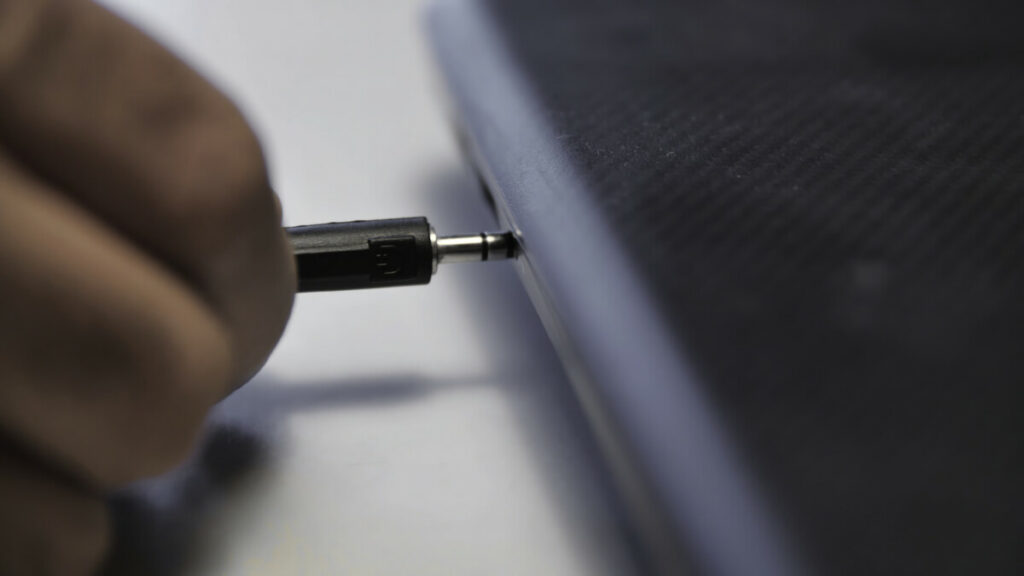
The main difference between Line Out and Headphone Out in terms of volume is the level of audio signal output.
Line Out has a higher level of audio signal output compared to Headphone Out. This higher output level is designed to meet professional audio standards and to drive larger sound systms with more power.
Line Out is typically used in studio recording and live sound aplications where a higher output level is required to drive the larger sound systems.
Headphone Out, on the other hand, has a lower level of audio sigal output compared to Line Out. This lower output level is designed to protect the user’s hearing, as headphones have much smaller drivers compared to speakers.
The audio output of Headphone Out is adjusted to provide a comfortable listening experiance for the user.
So, Line Out is designed to have a higher output level to drive larger sound systems, while Headphone Out is designed to have a lower output level to protect the user’s hearing.
Choosing Between Line Out And Headphone Out
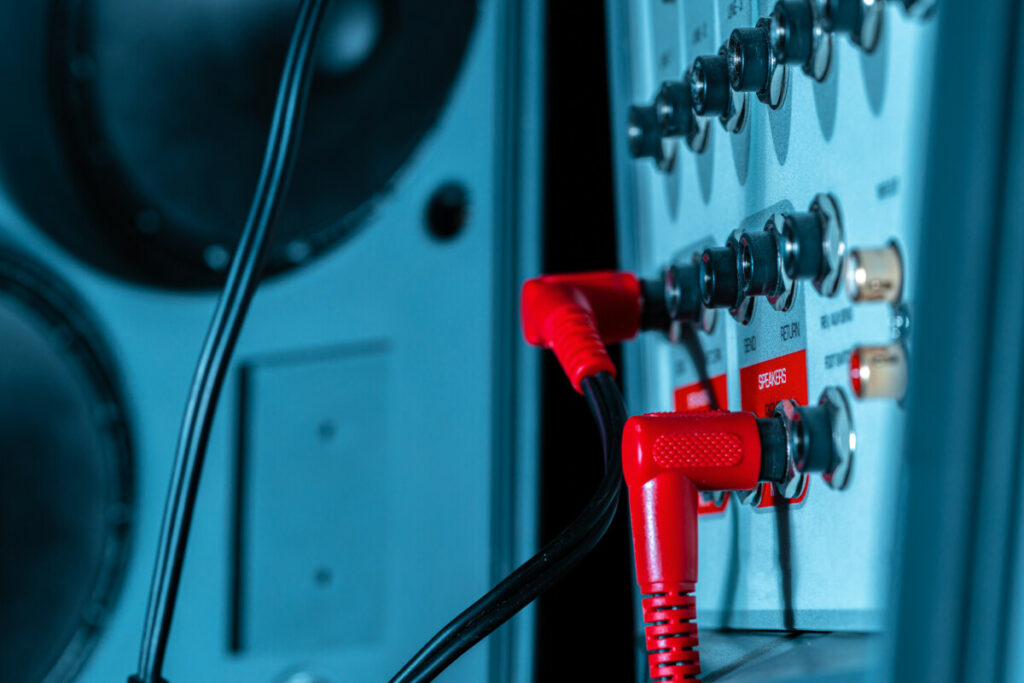
The choice between line out and headphone out is largely depndent on the user’s needs. If higher quality audio is desired, line out should be chosen, as it provides a line-level signal that is ideal for connection to other line-level devices.
It also offers the advantage of being able to connect to a powered amplifier or speaker. However, line outs can be more expensive than headphone outs due to their higher signal quallity.
For headphones, a headphone out should be chosen for its ability to provide more power into headphones than line out can offer. Headphone outputs also typicaly have amplifiers built in which allow them to drive more power into headphones without an external amplifier.
Still, when using a headphone output, one must be aware that they are getting lower quality audio than what line outs normaly provide.
When choosing between line out and headphone out, it’s important to consider your specific needs and what device you are conecting your audio source to.
If you plan on connecting your audio source directly to a set of headphones, then a headphone out is likely the best choice due to its low impedance and ability to drive power into headphones without needing an aditional amplifier.
Conversely, if you want higher quality sound from line-level devices such as mixers or amplifiers, line out may be the better option due to its superior signal quality and compatibility with these devices.
No matter what type of output you choose, it’s important that you pay close atention when connecting your audio source so that you get the highest quality sound possible for your set up.
Be sure to check the specifications of both your input device and output device so that you know exactly what kind of connection is required for optimal performance. Additionally, make sure all cables are securely conected and free from any defects before powering up any equipment.
Conclusion
So, line out and headphone out are twoo completely different outputs that have a lot of differences, but still, the specifications remain the same, as they are connectors in a way.
Anyways, I hope this article provided you with everything you needed to know! Good luck!
Sound Technician
I’m a sound technician, ensuring that your events and shows are heard loud and clear. Crafting audio broadcasts, studio recordings, and live mixes with finesse to provide the best quality sound experience.



